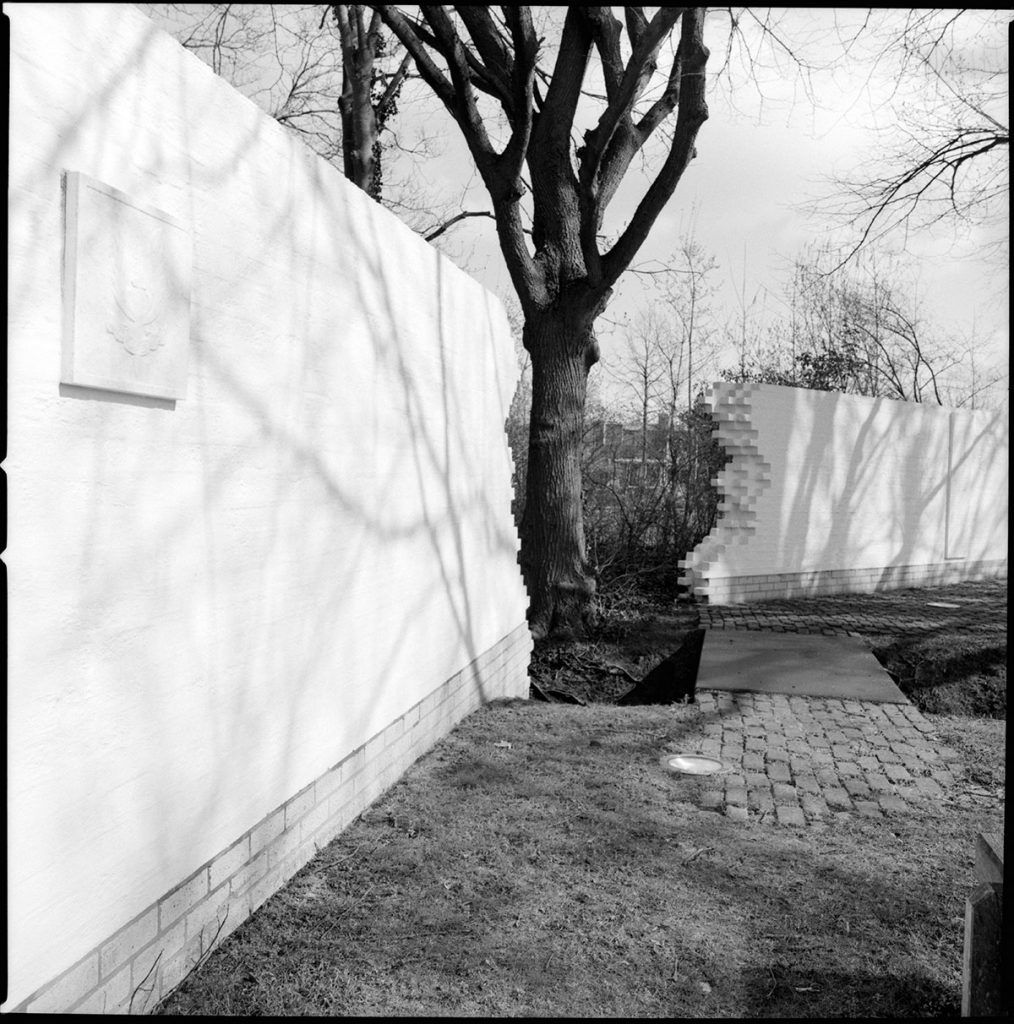
In the night of April 7, 1945, 702 French Special Air Service troopers were dropped over the north-western part of the province of Drenthe, Netherlands. Led by Brigadier Mike Calvert, the mission was to support the advancing Second Canadian Army Corps. The two battalions were to cause as much confusion as possible behind enemy lines by attacking German commando posts, disrupting enemy communications, setup ambushes and carrying out armed attacks.
Calvert’s intention was to make the enemy’s high command believe the operation was much larger than it actually was. This was why the paratroopers were dropped over a wide region, with instructions not to bury the parachutes after landing, adding to the impression this landing was a very extensive operation. In addition to the paratroopers, 219 containers with weapons, ammunitions and rations were dropped, plus 150 “dummies”, consisting of small chutes with boxes attached that imitated gun fire and were activated with a delay system.
Unfortunately, weather conditions were hardly ideal; a low, thick layer of clouds required the men to be dropped off at a higher altitude than originally planned. As a result, the sticks were suspended in the air longer and usually did not land at the intended landing zones. Conditions were hard and both sides suffered casualties.
The French paratroopers carried out a large number of smaller battle actions behind enemy lines. The area provided little cover, and in many cases the actions lasted longer than the planned 72 hours. Especially the sticks who landed in the northern part of the province of Drenthe had to continue fighting for five or six days before being released by Canadian troops.
The photo above is of the Amherst Monument in Assen, Drenthe, the Netherlands. Taken a few days before the annual Amherst memorial service. The monument consists of a wall made of bricks. The hole symbolises the breached enemy defence line, with the surrounding trees symbolising the parachutes landing.
